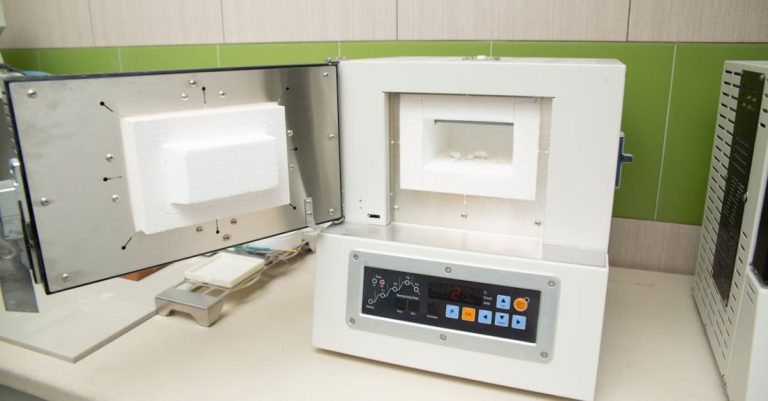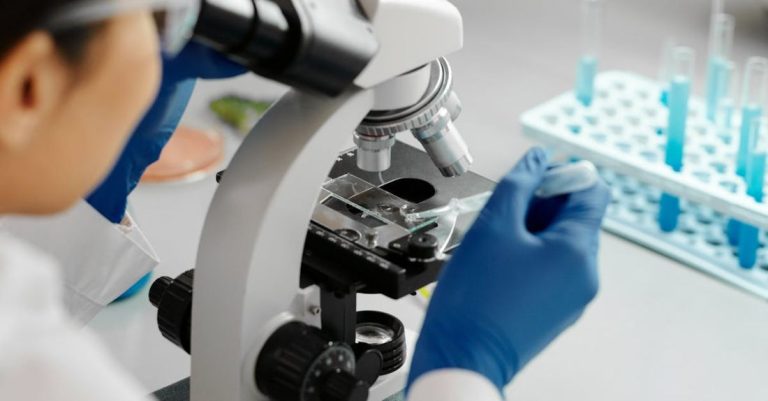
Innovations in Lab Automation: A Glimpse Into the Future
Advancements in technology have revolutionized the way laboratories operate, significantly improving efficiency, accuracy, and overall productivity. Lab automation, the process of using technology to automate tasks typically performed by humans, has been at the forefront of this transformation. As we look ahead, it is fascinating to explore the future trends in lab automation that are poised to shape the landscape of scientific research and analysis.
Integration of Artificial Intelligence and Machine Learning
Artificial intelligence (AI) and machine learning are increasingly being integrated into lab automation systems to enhance decision-making processes and optimize workflows. AI algorithms can analyze large datasets at speeds beyond human capability, identifying patterns and insights that may not be readily apparent to the human eye. By leveraging AI and machine learning, laboratories can streamline operations, improve experimental design, and accelerate the pace of discovery.
Cloud-Based Solutions for Data Management
The exponential growth of data generated in laboratories necessitates efficient storage, organization, and analysis capabilities. Cloud-based solutions offer a scalable and secure platform for managing vast amounts of data, enabling seamless collaboration and data sharing among researchers. By leveraging cloud technology, laboratories can enhance data accessibility, facilitate real-time monitoring of experiments, and improve overall data integrity.
Robotics and Automation for High-Throughput Screening
High-throughput screening is a critical component of drug discovery, genomics, and other research fields that require the rapid analysis of a large number of samples. Robotics and automation systems are increasingly being utilized to streamline the process of high-throughput screening, enabling researchers to conduct experiments with higher efficiency and reproducibility. Automated liquid handling systems, robotic arms, and integrated platforms are revolutionizing the way high-throughput screening is performed, paving the way for accelerated drug development and scientific breakthroughs.
Internet of Things (IoT) for Remote Monitoring and Control
The Internet of Things (IoT) has the potential to transform lab automation by enabling remote monitoring and control of laboratory equipment and processes. IoT sensors can collect real-time data on various parameters such as temperature, humidity, and pressure, allowing researchers to monitor experiments remotely and make informed decisions based on live data. By leveraging IoT technology, laboratories can optimize resource utilization, minimize downtime, and enhance overall operational efficiency.
Microfluidics for Miniaturized and Parallelized Assays
Microfluidics technology is revolutionizing lab automation by enabling the miniaturization and parallelization of assays on a microscale. Microfluidic devices allow for precise control of small volumes of liquids, facilitating rapid mixing, reaction, and analysis of samples. These miniaturized systems offer numerous advantages, including reduced reagent consumption, faster reaction times, and enhanced experimental flexibility. The integration of microfluidics into lab automation workflows holds great promise for advancing research in fields such as personalized medicine, point-of-care diagnostics, and single-cell analysis.
Cybersecurity Measures for Data Protection
As laboratories increasingly rely on digital systems and interconnected devices, cybersecurity has become a critical consideration in ensuring the integrity and confidentiality of research data. Implementing robust cybersecurity measures is essential to safeguard sensitive information, prevent data breaches, and mitigate potential risks associated with cyber threats. By proactively addressing cybersecurity concerns, laboratories can maintain the trust of stakeholders, protect intellectual property, and uphold compliance with data privacy regulations.
Innovative Software Platforms for Workflow Optimization
Software platforms designed specifically for lab automation are evolving to offer advanced features for optimizing experimental workflows and data analysis. These innovative solutions provide intuitive interfaces, customizable automation scripts, and data visualization tools that enable researchers to design, execute, and analyze experiments with greater efficiency and accuracy. By adopting cutting-edge software platforms, laboratories can streamline their operations, improve data management, and drive scientific discovery forward.
Embracing Sustainable Practices in Lab Automation
The future of lab automation also involves a growing emphasis on sustainability and environmental responsibility. Laboratories are increasingly adopting eco-friendly practices, such as reducing energy consumption, minimizing waste generation, and implementing recycling initiatives. Sustainable lab automation solutions, such as energy-efficient equipment and environmentally friendly consumables, are becoming more prevalent in research facilities worldwide. By embracing sustainable practices, laboratories can reduce their ecological footprint, contribute to global conservation efforts, and promote a culture of environmental stewardship.
A Vision for the Future of Lab Automation
As we envision the future of lab automation, it is clear that technology will continue to play a transformative role in shaping the way scientific research is conducted. By embracing innovations such as artificial intelligence, cloud computing, robotics, IoT, microfluidics, cybersecurity, software platforms, and sustainability practices, laboratories can unlock new opportunities for discovery, collaboration, and efficiency. The convergence of these trends promises to revolutionize the scientific landscape, driving breakthroughs in healthcare, biotechnology, and beyond. As we embark on this exciting journey towards the future of lab automation, the possibilities for innovation and discovery are truly limitless.





